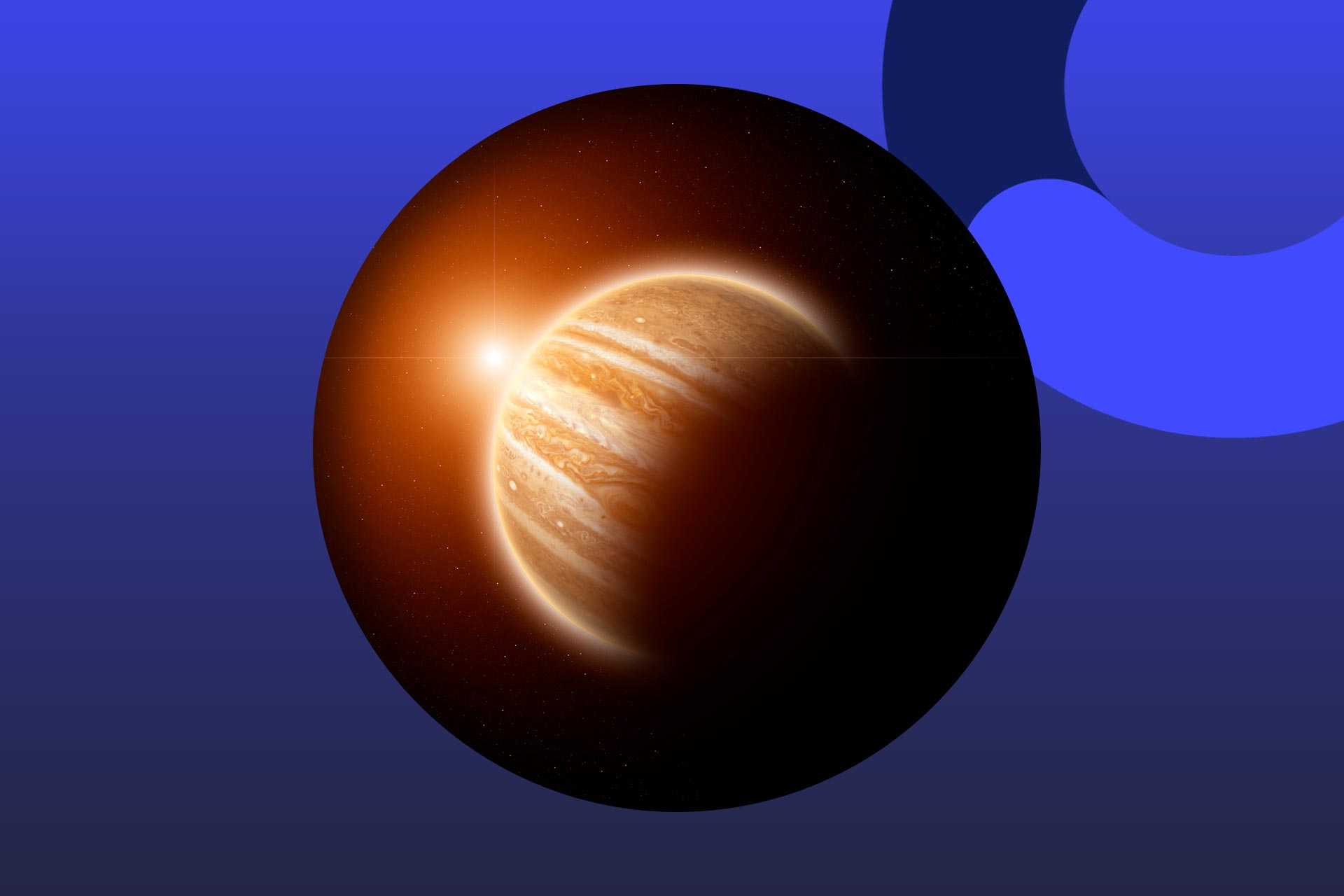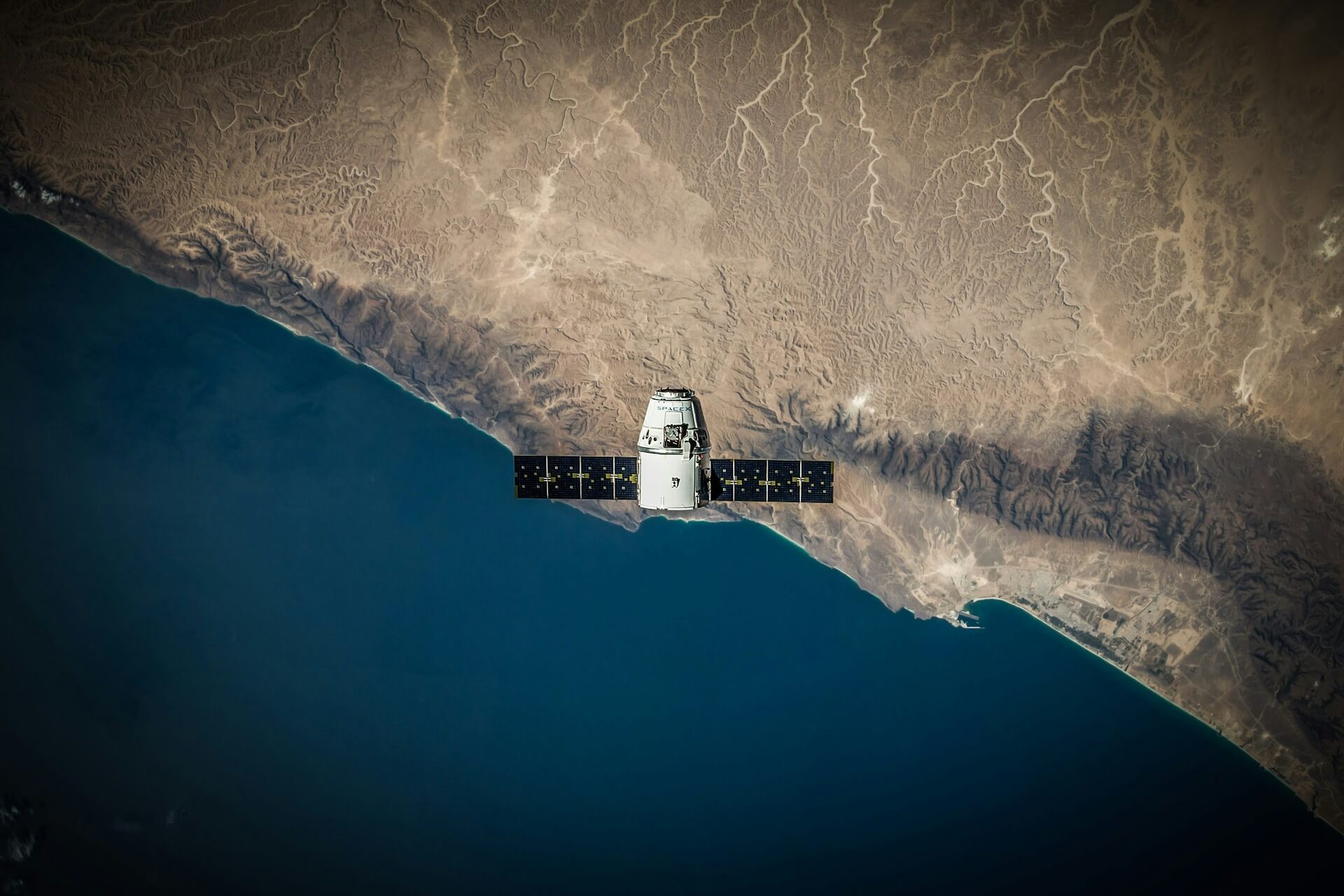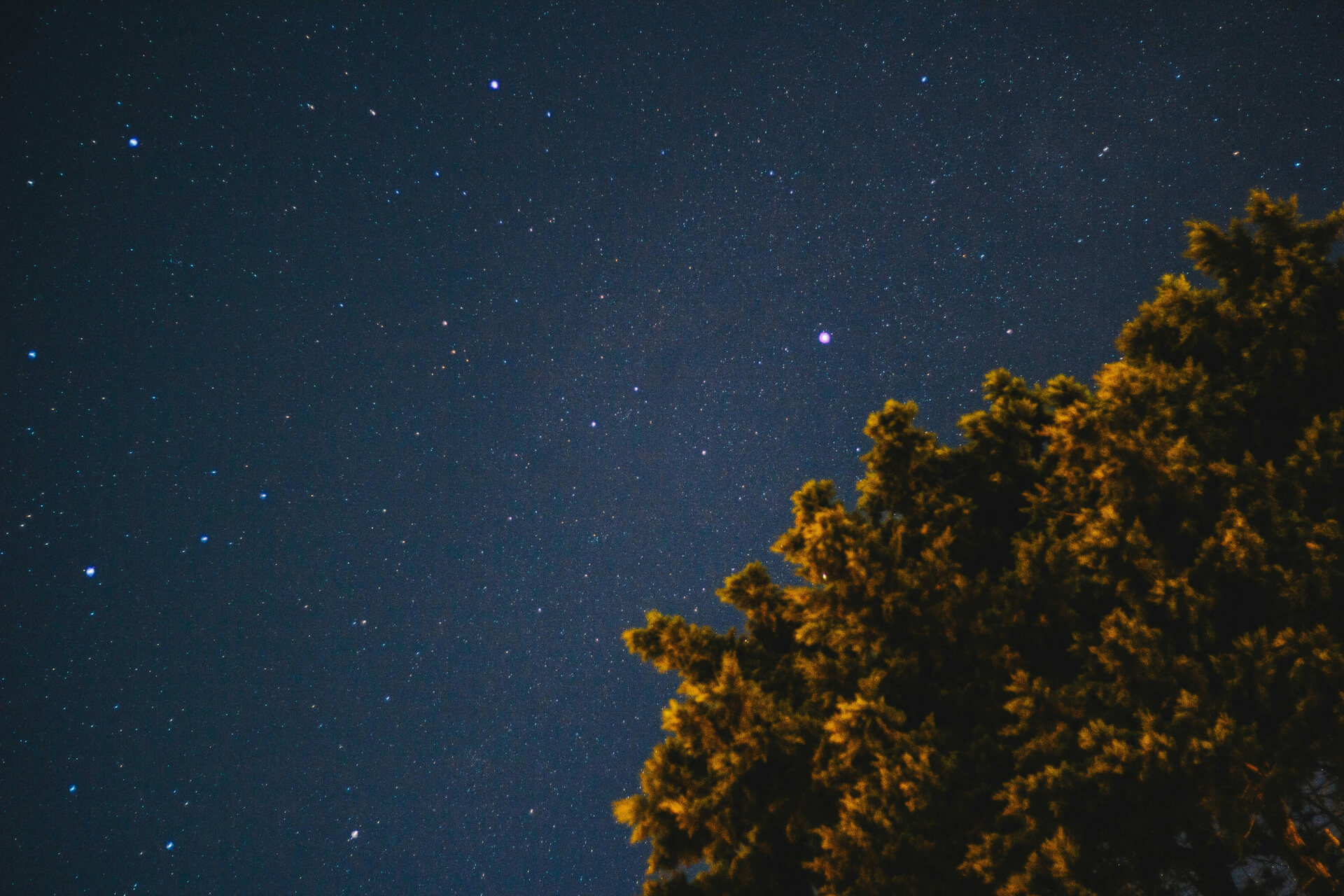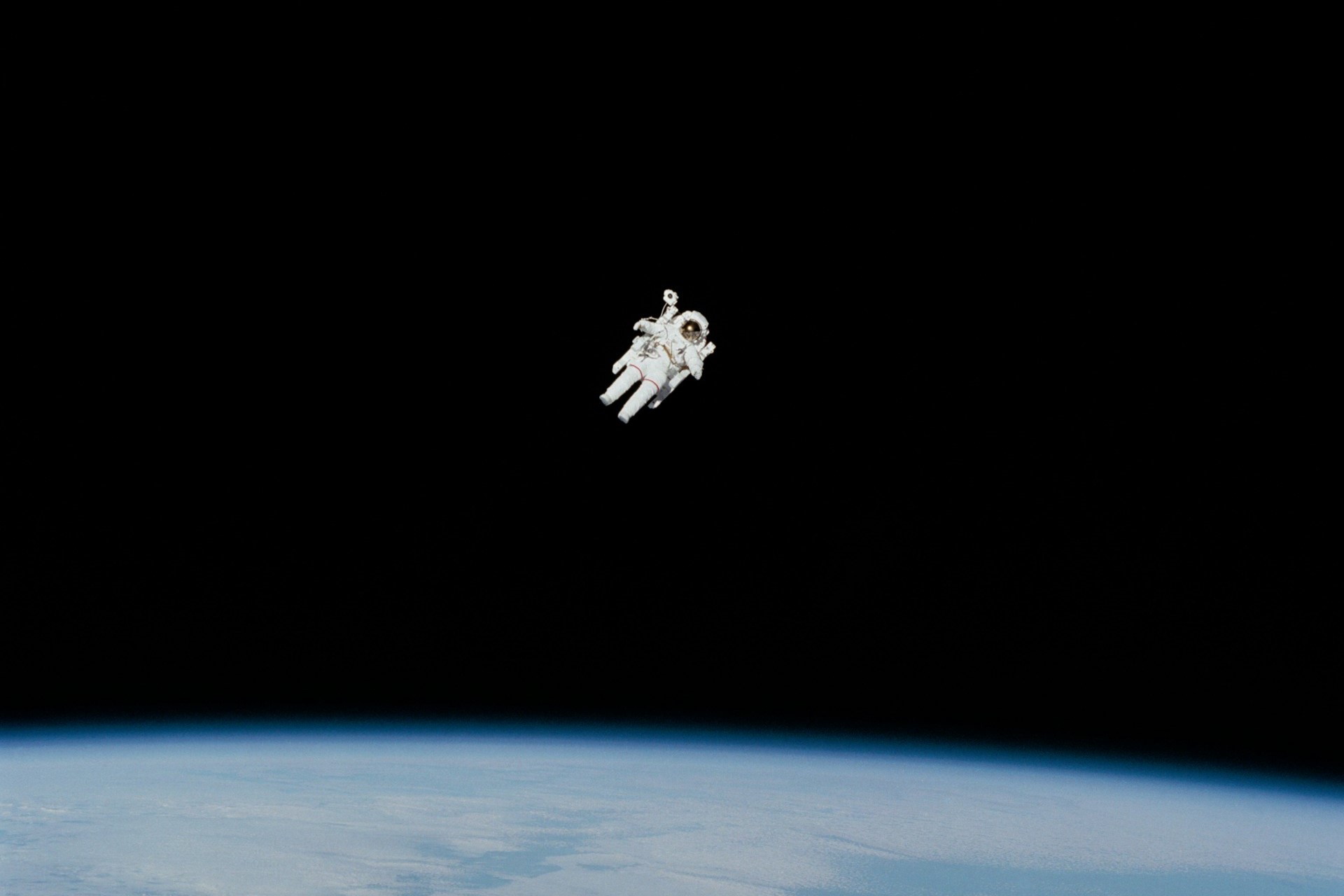
How Juno Helps Uncover Jupiter’s Secrets & the Mysteries of the Solar System’s Formation
June 14, 2016 - Emily Newton
Revolutionized is reader-supported. When you buy through links on our site, we may earn an affiliate commission. Learn more here.
On the Fourth of July, we’ll all be watching the rockets’ red glare in the form of fireworks. But far out in space, a NASA probe named Juno will be approaching Jupiter. This small sample of Earthly rocket science will hopefully be the key to uncovering some secrets about the gigantic fifth planet from the sun.
Quick Specs:
- Launched: August 2011
- Cost: $1.1 million
- Distance from Earth: 470 million miles
- Radio signal travel time to Earth: 40 minutes
- Speed: 60,000 mph relative to Earth
- Arrival time: 8:18 p.m. PDT (11:18 p.m. EDT) on July 4
- Weight: 4 tons
- Number of Jupiter orbits: 33
- Closest distance to Jupiter during orbit: 3,100 miles
- Solar panels: Three 30-foot-long panels that hold 18,698 solar cells
The Goal:
Juno will help scientists better understand Jupiter. They want to know what it’s made of, how it formed, and how it has evolved over time. To do so, Juno will perform a number of tasks, including:
- Map Jupiter’s gravitational and magnetic fields
- Find out how much water makes up Jupiter’s atmosphere
- Study Jupiter’s atmosphere in close detail: Cloud motions, temperature and composition
- Observe Jupiter’s magnetosphere at its poles — like earth, it has northern and southern “lights” that can provide clues about the relationship between its magnetic field and its atmosphere
- Find out whether or not Jupiter has a solid core

Reaching Further Out
While Juno’s primary purpose is to relay information about Jupiter back to Earth, its mission also operates on a much grander scale.
Juno’s discoveries will provide a greater understanding of the formation of giant planets. While Jupiter is the closest example we have, billions of other giant planets exist. NASA finds new planetary systems orbiting around stars almost on a daily basis, so what they learn from Juno will aid them when studying these new systems.
Expanding the importance of this mission even further, Juno’s findings will provide some insight into our solar system’s formation. It’s common knowledge that most formation theories begin with the collapse of a nebula, which made the sun. Jupiter’s composition is very similar to the sun’s — it’s mostly hydrogen and helium, which means it was one of the earliest planets to form.
What we don’t know is how it formed in the first place! Scientists are stumped on whether a solid core formed and swirled the gas around itself into the planet we see today, or if part of the nebula just collapsed to form the planet. Juno aims to answer this question once and for all.
But what about us? What about the origins of Earth and other terrestrial planets? Juno will help us understand the formation of the first small, icy planets — the ones that carried water and carbon, the building blocks of life that led to the formation of the Earth.
Juno is the second spacecraft developed for NASA’s New Frontiers Program, after the Pluto New Horizons spacecraft that flew by the dwarf planet last year. It now holds the record for the farthest-launched solar probe in history.
You can view what Juno is doing via the JunoCam, an onboard color camera that can be operated by the public. Vote on where Juno should point its camera, as well as which features of Jupiter to film, here. [Update: 7/5/2016]
Orbit Success!

At roughly 12:07 a.m. EST this morning, Juno began to position it’s solar array back toward the sun. The spacecraft has successfully made it into it’s orbital position at one of Jupiter’s poles. We’ll know more about the solar system’s largest planet after sensors are operational on July 6th. Can’t wait to learn more about the king of the gas planets! Stay tuned.
Feature Image Source: NASA
Revolutionized is reader-supported. When you buy through links on our site, we may earn an affiliate commission. Learn more here.
Author
Emily Newton
Emily Newton is a technology and industrial journalist and the Editor in Chief of Revolutionized. She manages the sites publishing schedule, SEO optimization and content strategy. Emily enjoys writing and researching articles about how technology is changing every industry. When she isn't working, Emily enjoys playing video games or curling up with a good book.







